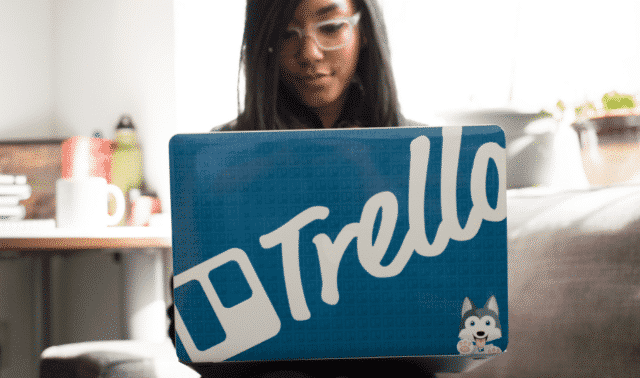Sign up for the Family Tree Newsletter! Plus, you’ll receive our 10 Essential Genealogy Research Forms PDF as a special thank you.
Get Your Free Genealogy Forms
"*" indicates required fields
After every Family Tree Magazine issue closes, we have byproducts, mostly digital but some on paper: lineups, manuscripts, edited manuscripts, photos, illustrations, emails, contracts, invoices, proofs, storyboards (showing what’s on each page of the issue), and so on. All these pieces can make a mess.
Genealogy researches also produces byproducts. You have notes, papers, books, lists, websites, record images, family photos, heirlooms, stories, spreadsheets, correspondence and more. How do you keep all these disparate materials organized and easy to find again?
The free Evernote software is the answer lots of genealogists swear by. If you need an organizational solution and you’ve never used Evernote—or you’ve never used it for genealogy—take a look at our Evernote for Genealogy Bootcamp, happening June 22-29. Participants will explore these and other ways to leverage Evernote for genealogy research:
- Take notes while researching or attending a genealogy lecture, and tag your notes with surnames, subjects, ancestral places, record types, etc. Retrieve the notes you want with a keyword search or by using the tags you’ve assigned.
- Keep lists of surname variations or books you need, and set up a correspondence log or genealogy to-do list. You can set a reminder so a particular note rises to the top of your notes at a predetermined time.
- Set up a research plan for a genealogy problem (here’s how).
- Forward emailed genealogy correspondence to Evernote, and messages turn into notes with the email subject line as the note’s title.
- Use the Evernote web clipper to save records from genealogy websites or portions of family history websites (helpful because websites can change and disappear, taking the information you need with them).
- At the library, use your smartphone camera to take photos of records you’re viewing on the microfilm reader or in bound volumes. Save the images to notes in Evernote, and add source information to the notes.
- Let Evernote’s optical character recognition software index digitized documents so they’re searchable.
- Use the Skitch app to annotate record images and photos in Evernote (you could send your cousin a version of an old photo identified with captions right on the image).
- Share notebooks with others to collaborate on your genealogy.
- Access your notes, images and to-do list from your desktop computer, laptop, tablet computer or smartphone.
The Evernote for Genealogy Bootcamp online workshop gives you an all-access pass to six video classes about techniques for using Evernote as a genealogy research tool (the videos are yours to download and watch whenever you want). You’ll also get guidance from Evernote expert Kerry Scott and chat with fellow participants via the conference message board.
You can see the workshop program and get registered at Family Tree University.





